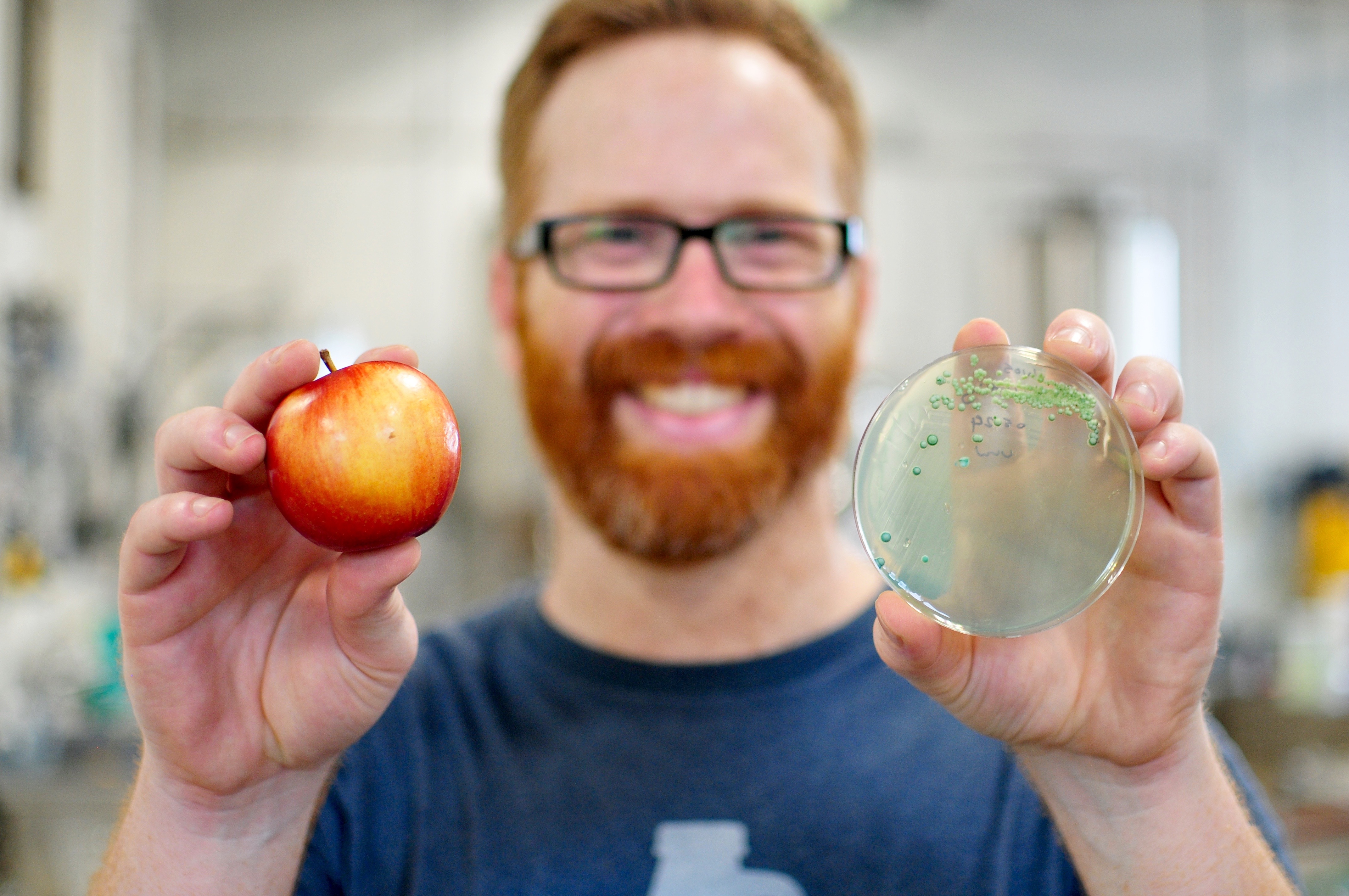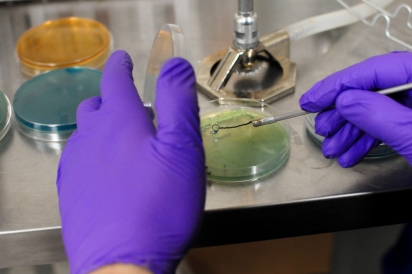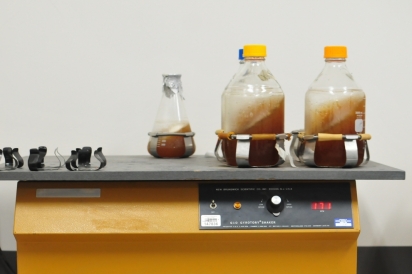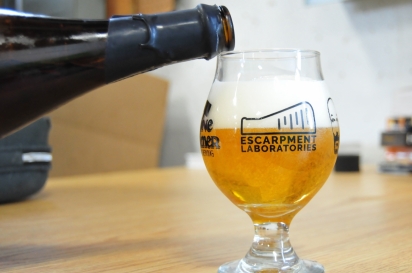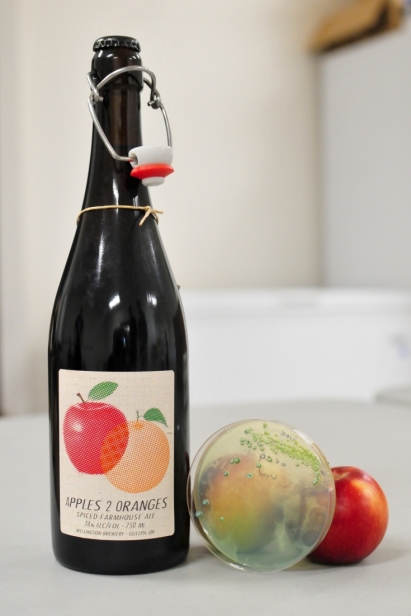The Science of Brewing
Angus Ross has come a long way from the days of raising yeast in mason jars in his refrigerator.
“I remember my girlfriend getting kind of peeved that a third of the shelf space was filled up with beer yeast,” says Ross, a home brewer-turned-molecular biologist who now makes his living offering designer yeasts to Canadian craft breweries at Guelph, Ontario’s Escarpment Laboratories.
Tucked away in a warehouse building east of the city’s downtown, Escarpment Labs has been around in one form or another since 2015, when Ross and fellow co-founder, Richard Preiss, decided to take the knowledge they’d gleaned working at a University of Guelph wine yeast lab and go into business.
They’re now at the forefront of the mission to create — to steal a term from the world of winemaking — an Ontario beer terroir.
“Yeast has a really big impact on the flavour of the beer. It not only is responsible for producing alcohol, but it also produces a ton of flavour compounds,” Ross explains. “It’s ultimately responsible for how the final beer tastes. I’d argue it plays a bigger role in the final flavour profile of the beer than malt does — and depending on the beer, you could say the same thing about [yeast’s importance over] hops.”
A quick yeast primer: there are two strains, saccharomyces and brettanomycyes that are able to ferment the sugars in malted barley and create beer.
The vast majority of Canadian beers out there are made with the consistent, dependable saccharomyces, from stouts and IPAs to pilsners and hefeweizens. It’s so integral to the art of beer making that it’s often known simply as “brewer’s yeast.”
If saccharomyces is the reliable, straight-As honour student of the world of craft brewing, brettanomyces is the rebellious party child. Known more commonly as “brett,” it imparts a flavour described as “funky” or “leathery.” When it’s not wanted, it’s considered a contaminant.
But there are beers where brett has traditionally been the star of the show — farmhouse-style ales like saisons, or Belgian lambics — and it’s increasingly used to warp beer drinkers’ perceptions of what an old standby like an IPA can taste like.
“Hops are kind of king, right now. And then malt. People don’t really think about yeast quite as much,” says Chris Conway, the cofounder of Toronto’s Folly Brewing and one of the Ontario breweries that make regular use of Ross and his colleagues’ knowhow.
The College Street farmhouse-style brewpub has been one of Escarpment Labs’ most devoted clients, using their yeast “pretty much exclusively,” Conway says. He says having a local operation like Escarpment Labs at his disposal has been a huge benefit — not only can Folly Brewing get yeast strains that wouldn’t be available from U.S. suppliers, but he doesn’t have to worry about shipping yeast across international borders and can obtain quality control services from a lab that’s just down the highway.
“You don’t have that kind of connection, with a big American yeast supplier, that you do with someone that’s local,” Conway says. “And so they’ve allowed us to get these new different kinds of yeasts that they’ve built themselves.”
Build is the correct word: Ross and his colleagues have headed out into orchards and berry fields, armed with swabs and petri dishes, to find wild, unharnessed yeasts. In 2015, they joined the folks from Sawdust City Brewing Co. on a cabin trip to isolate yeast strains from flowers, berries, spruce tips and tree bark in the Muskokas. (The result was a limited-edition beer called Limberlost, which also uses hops raised in nearby Collingwood, Ont.)
Today, Escarpment Labs offers a couple of strains native to their part of the province. There’s the “Ontario farmhouse ale blend,” a mix of saccharomyces sourced from Ontario strawberries and brettanomyces strains from Ontario wine barrels. Then there’s the “wild thing,” an ale yeast isolated from apples in a nearby orchard that boasts clove and banana flavours and a dry finish.
Ross says it’s an approach that’s been “winning over” breweries across the country. “The big thing that people value here is the ability to say that they’re buying Canadian ingredients. And in Ontario, they can say that they’re buying Ontario ingredients. And people in Toronto can say they’re buying local ingredients. That’s a big important thing for craft breweries,” he says.
“The idea is to sort of develop an Ontario terroir or a Canadian terroir that we can then market to beer producers — as a way to really distinguish Ontario beer from beer styles in other parts of the world.”
Escarpment Labs
8 Smith Ave., Guelph, Ont.
escarpmentlabs.com


